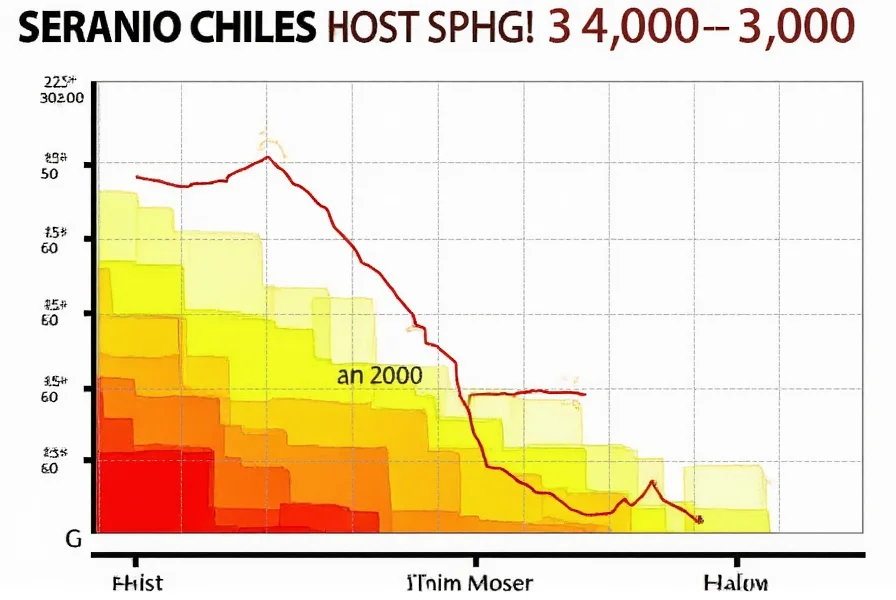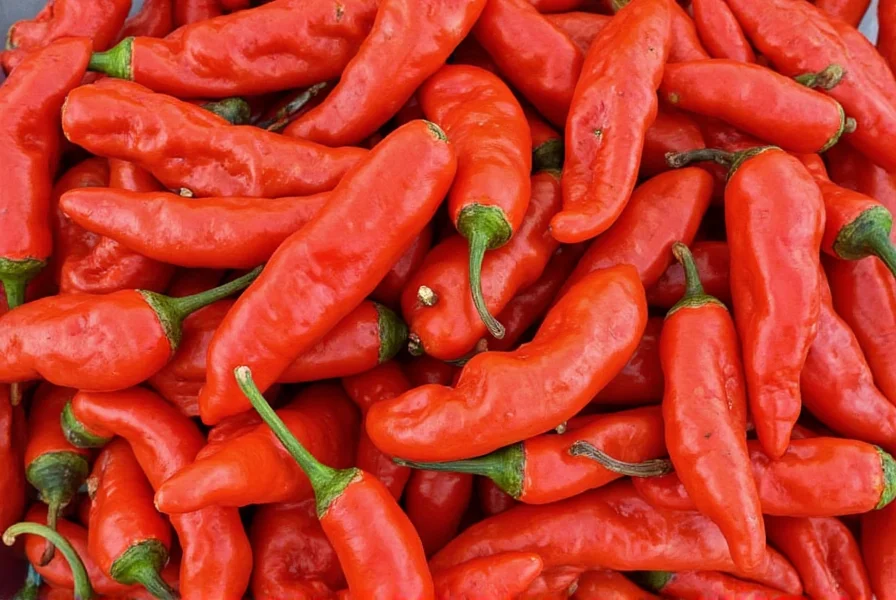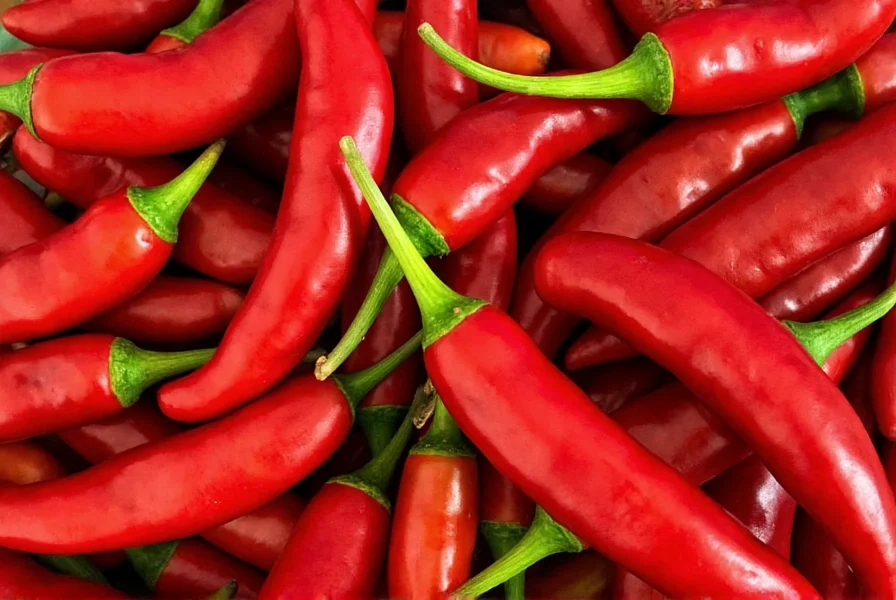Understanding exactly how spicy are serrano chiles requires examining their position on the Scoville scale, which measures capsaicin concentration—the compound responsible for chili pepper heat. These slender, bright green peppers pack a serious punch that many home cooks underestimate when substituting them for milder varieties.
Decoding the Scoville Scale for Serrano Peppers
The Scoville scale, developed by pharmacist Wilbur Scoville in 1912, remains the standard measurement for chili pepper heat. Originally determined through human taste testing, modern laboratories now use high-performance liquid chromatography for precise capsaicin measurement.
Serrano peppers consistently register between 10,000-23,000 SHU, placing them solidly in the medium-to-hot category. For context, this means:
| Pepper Variety | Scoville Heat Units | Heat Comparison to Serrano |
|---|---|---|
| Bell Pepper | 0 SHU | 0x (No heat) |
| Jalapeño | 2,500-8,000 SHU | 2-5x milder than serrano |
| Serrano | 10,000-23,000 SHU | Baseline |
| Cayenne | 30,000-50,000 SHU | 1.5-2x hotter than serrano |
| Habanero | 100,000-350,000 SHU | 5-15x hotter than serrano |
Factors That Influence Serrano Pepper Heat Levels
Several variables affect how spicy serrano chiles really are in your kitchen:
- Color variation: Green serranos (harvested early) tend to be milder than red, orange, or brown varieties allowed to fully ripen on the plant
- Growing conditions: Stressors like limited water or nutrient-deficient soil increase capsaicin production
- Individual variation: Heat can differ significantly between peppers on the same plant
- Preparation method: Removing seeds and white membranes reduces heat substantially

Practical Culinary Applications of Serrano Chiles
When working with serrano peppers, understanding how hot are serrano peppers compared to jalapeños helps prevent recipe disasters. Their bright, grassy flavor with citrus notes makes them ideal for:
- Salsas and pico de gallo (use 1-2 peppers for standard batch)
- Infused oils and vinegars (steep 1-2 whole peppers)
- Marinades for meats and vegetables
- Hot sauces requiring medium heat with clean pepper flavor
Professional chefs often recommend starting with half a serrano when substituting for one jalapeño, then adjusting to taste. Remember that cooking doesn't eliminate capsaicin—it redistributes the heat throughout your dish.
Safety Considerations When Handling Serrano Peppers
The question are serrano peppers hotter than jalapeños isn't just academic—improper handling can cause significant discomfort. Follow these safety protocols:
- Wear disposable gloves when chopping serranos
- Avoid touching your face, especially eyes, during preparation
- Wash cutting boards and knives thoroughly with soapy water afterward
- If skin contact occurs, use milk or yogurt to neutralize the burn (not water)
Many home cooks mistakenly believe that cooking neutralizes pepper heat. In reality, the capsaicin becomes more evenly distributed, potentially making the entire dish hotter than anticipated when using serranos instead of jalapeños.
Substituting Serrano Peppers in Recipes
When you need alternatives to answer how spicy are serrano chiles in your specific recipe:
- For milder heat: Use 1.5-2 jalapeños per serrano (remove seeds for even milder result)
- For similar heat: Substitute 1 serrano with 1-2 Thai bird chilies (use sparingly)
- For hotter applications: Replace with half a habanero (use extreme caution)
Understanding serrano pepper Scoville units helps you make informed substitutions. The thinner walls of serranos compared to jalapeños also means they cook faster and distribute heat more quickly in dishes.

Why Your Serrano Peppers Might Not Be as Spicy as Expected
If you've wondered why are my serrano peppers not spicy, several factors could be at play:
- Overwatering during growth dilutes capsaicin concentration
- Harvesting too early before full heat development
- Storing peppers in refrigeration (reduces heat over time)
- Removing all seeds and membranes (where most capsaicin resides)
For maximum heat, allow serranos to fully ripen on the plant until they begin changing color, and store them at room temperature until use. The white pith inside contains the highest concentration of capsaicin, so leaving some attached when chopping increases heat significantly.











 浙公网安备
33010002000092号
浙公网安备
33010002000092号 浙B2-20120091-4
浙B2-20120091-4